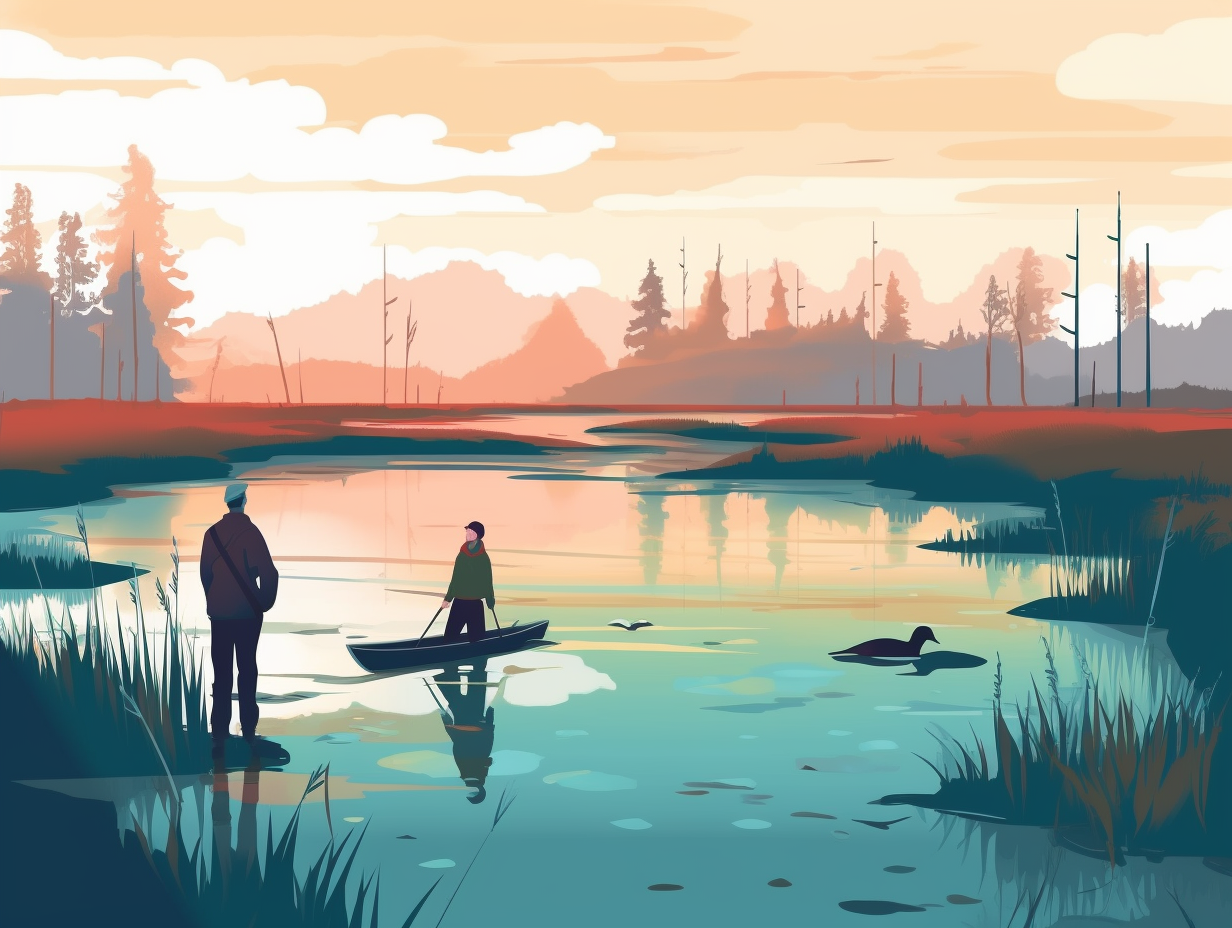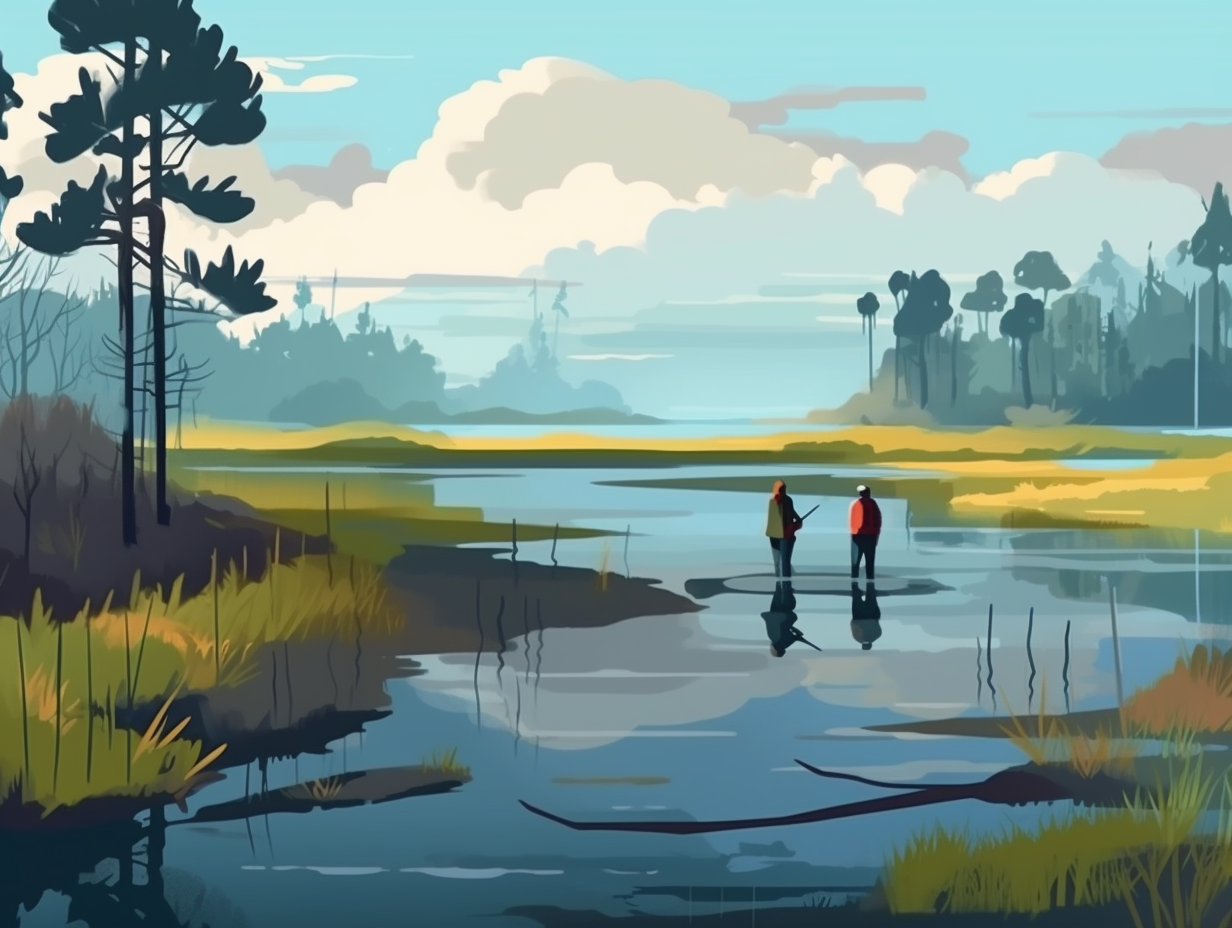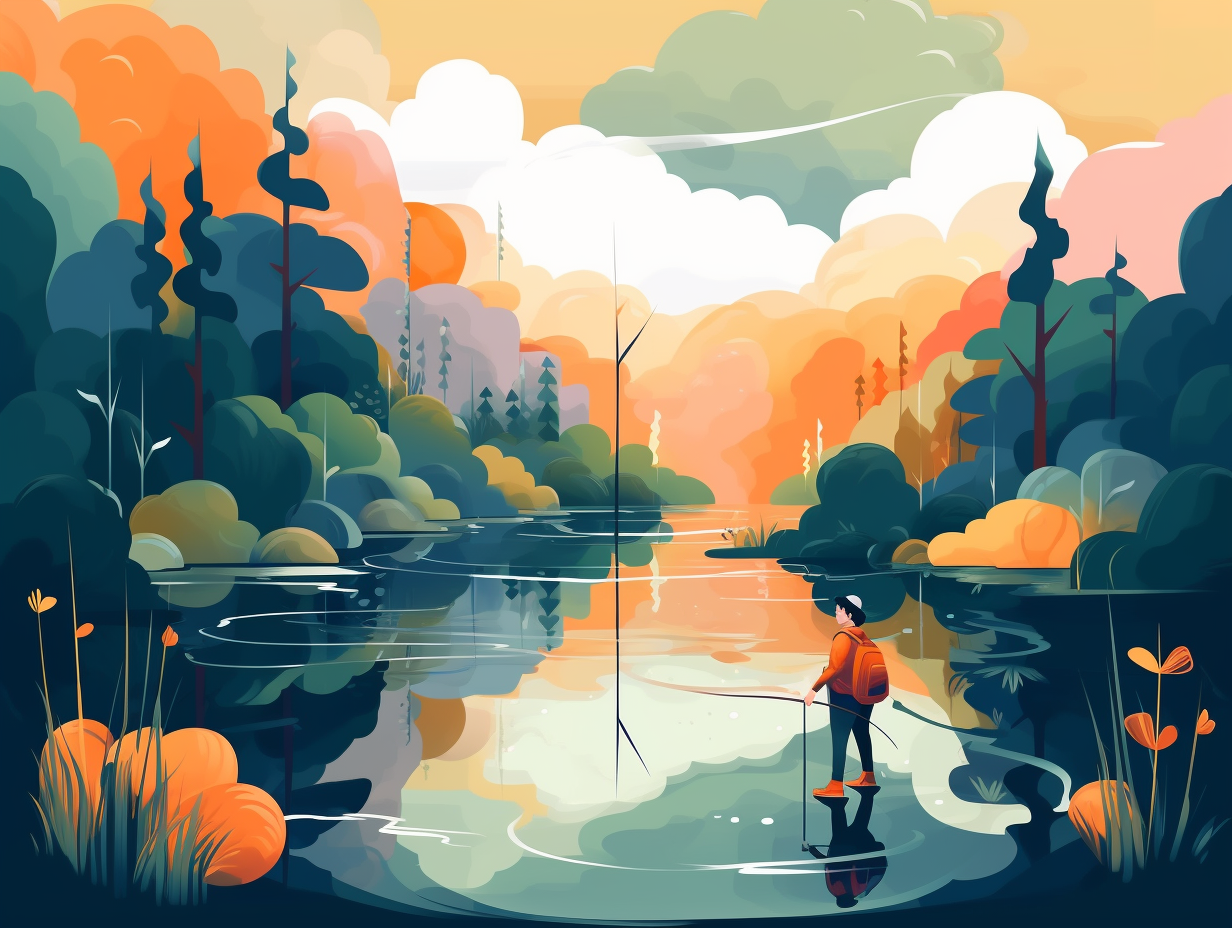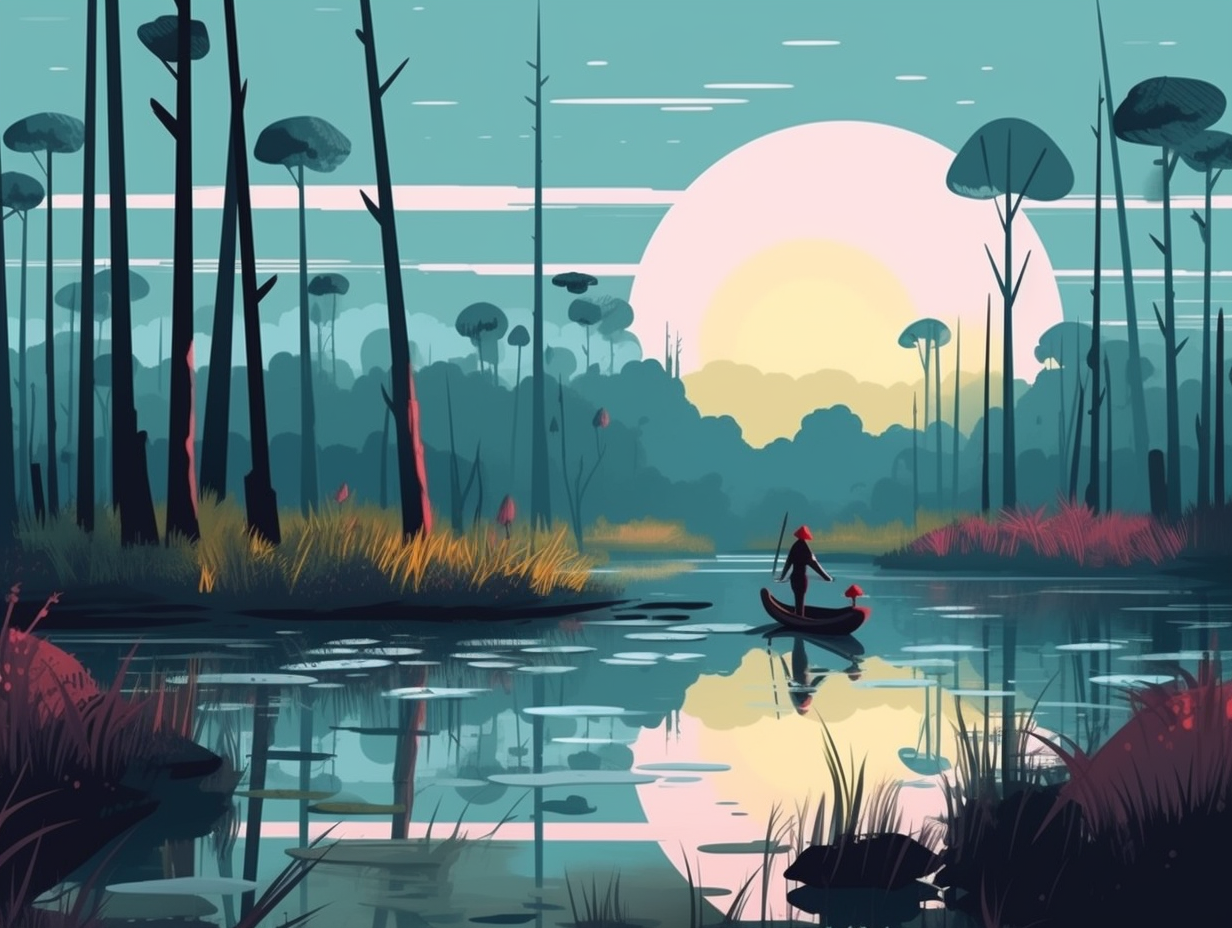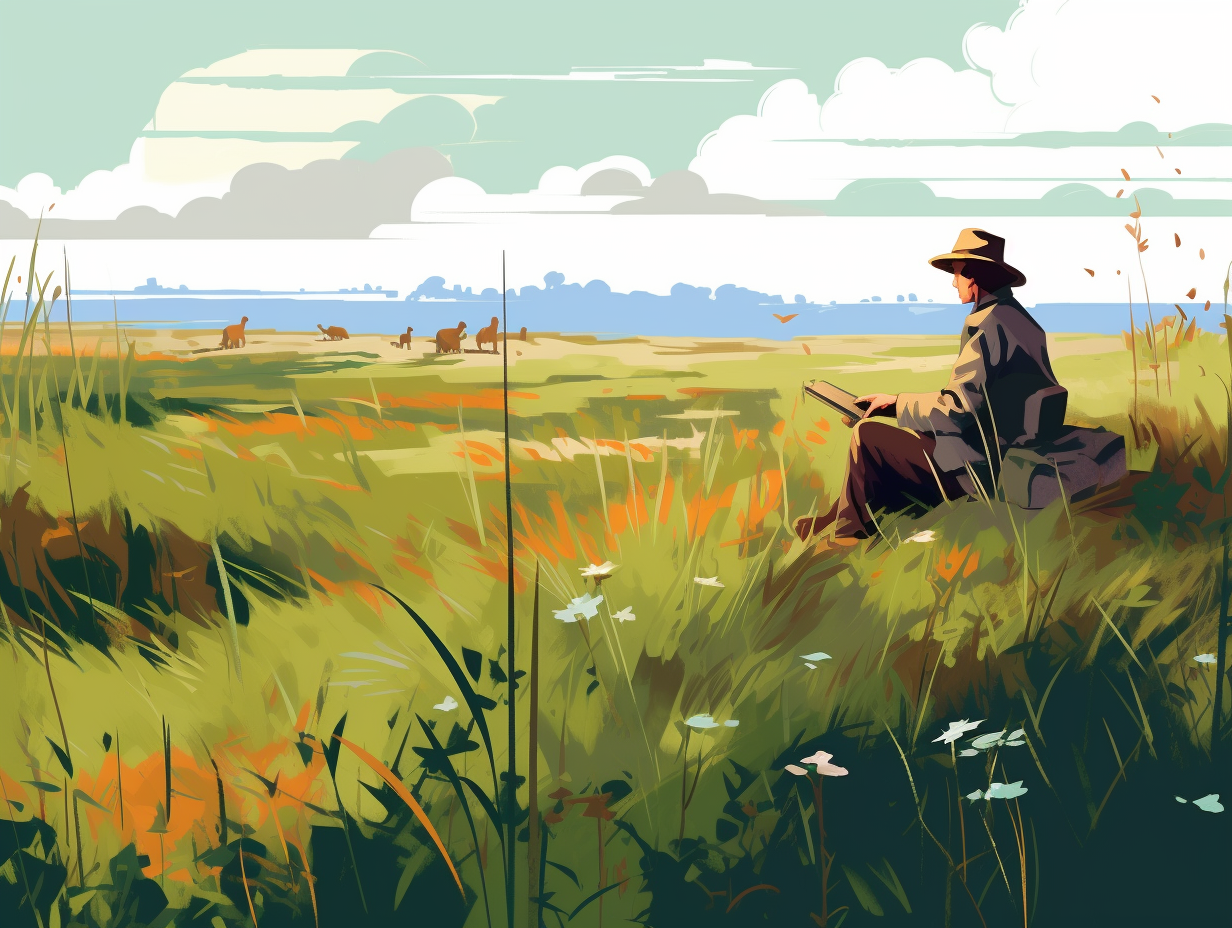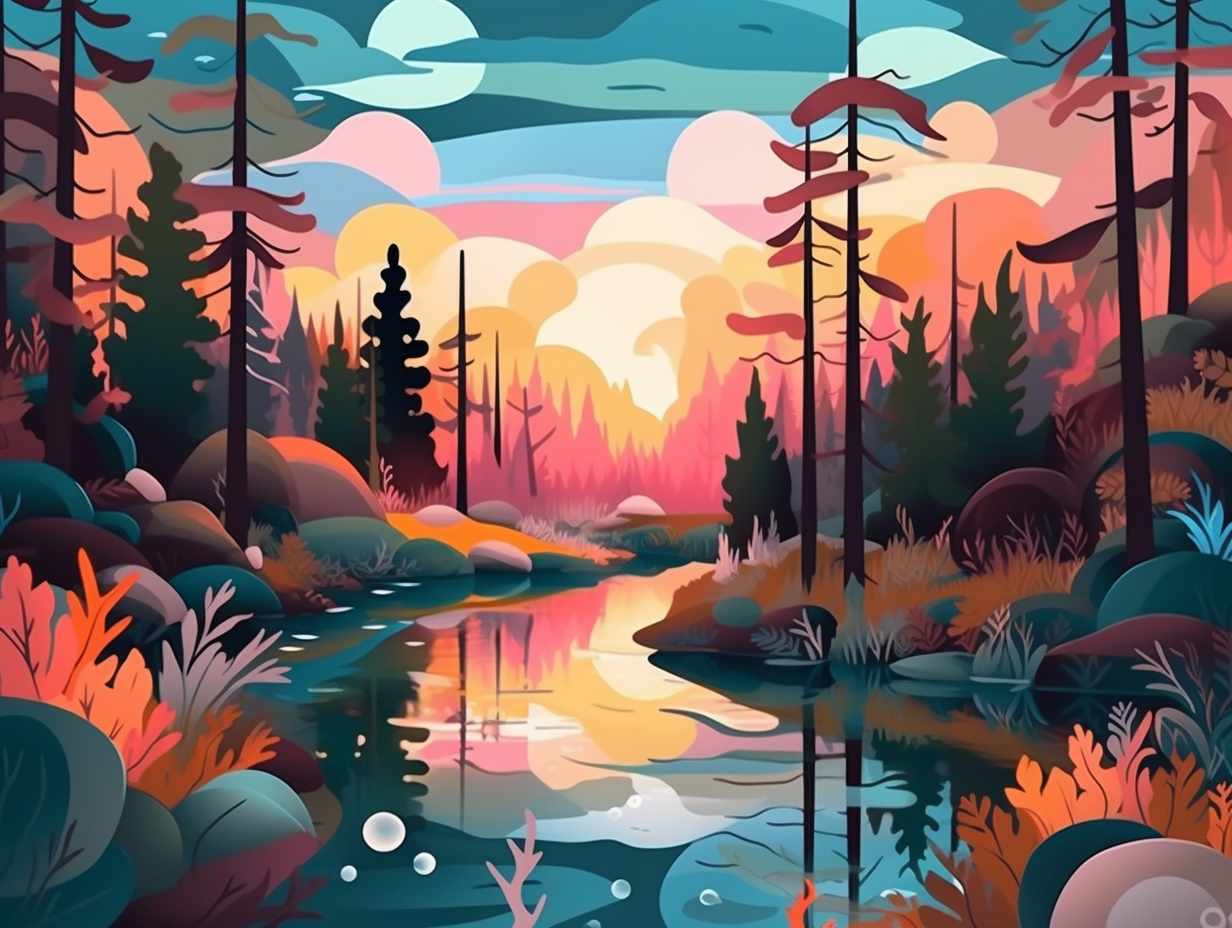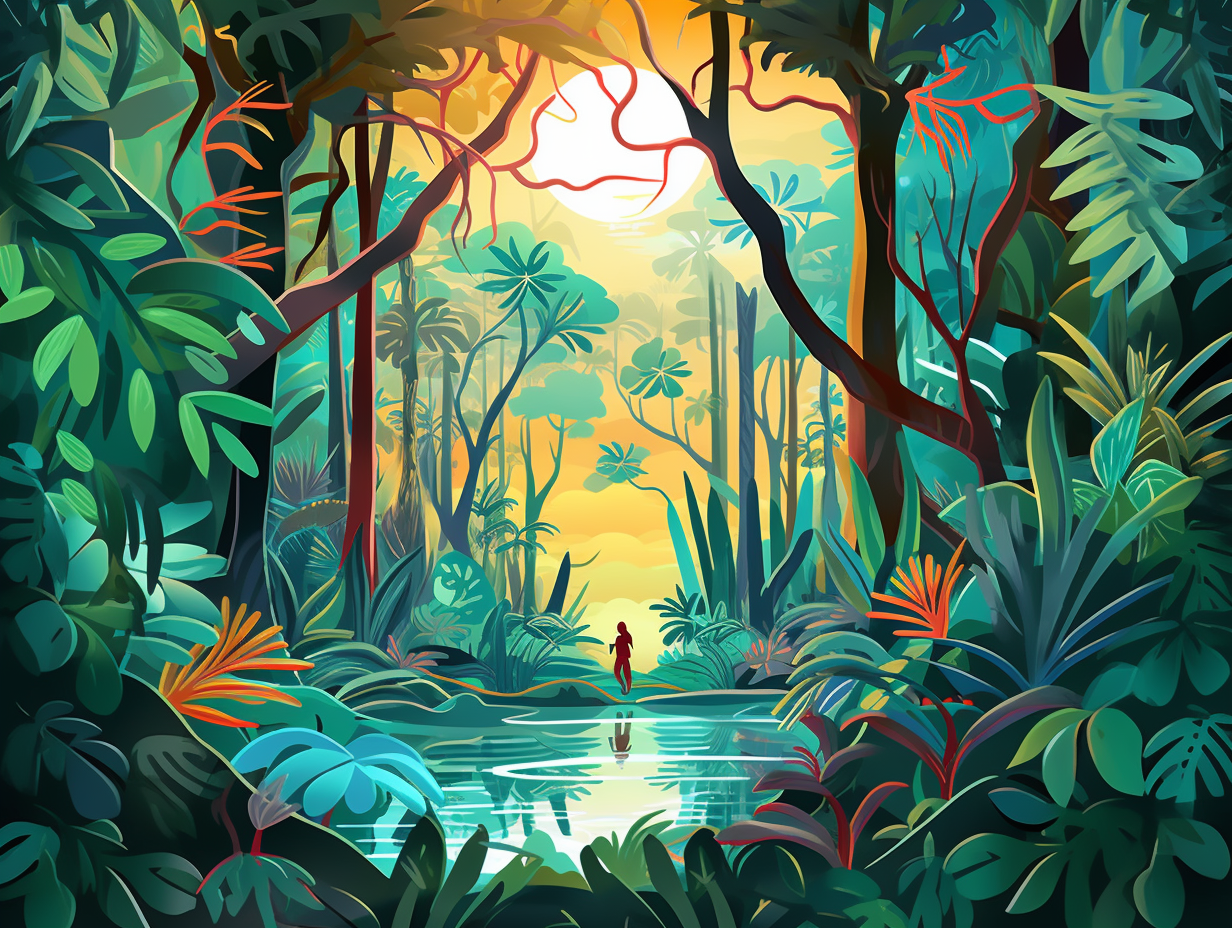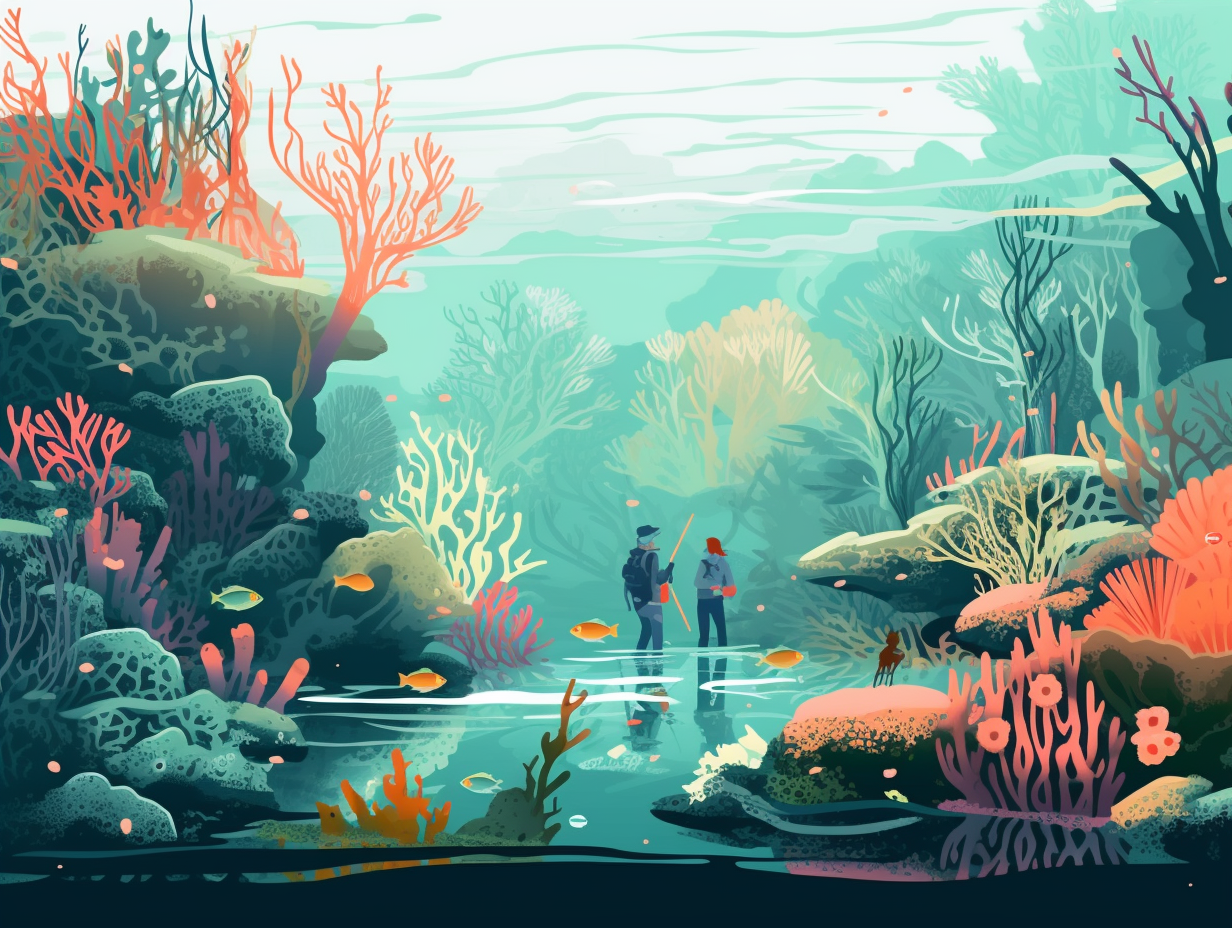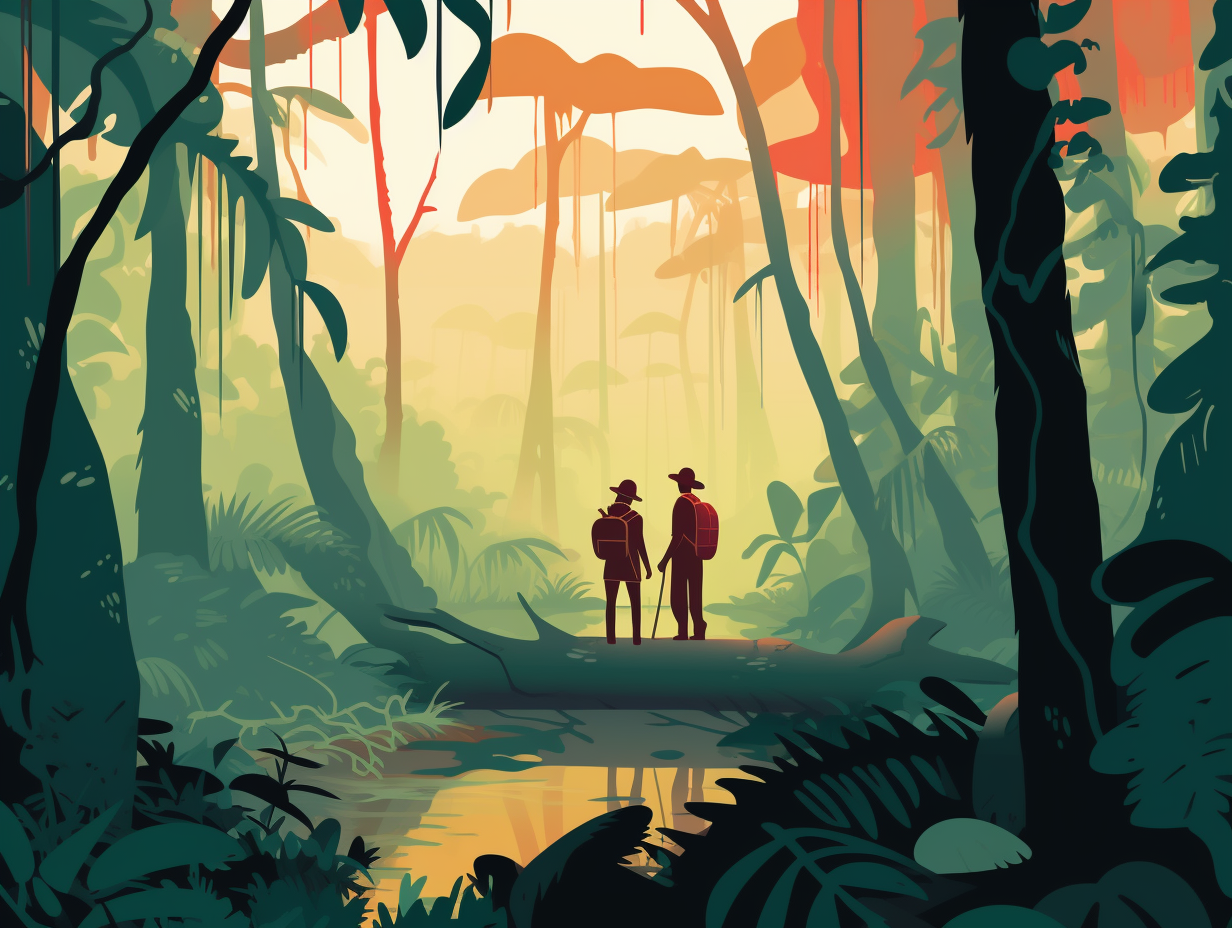Discover the Wild Side: Top 13 Fun and Fascinating Facts About Ecosystems
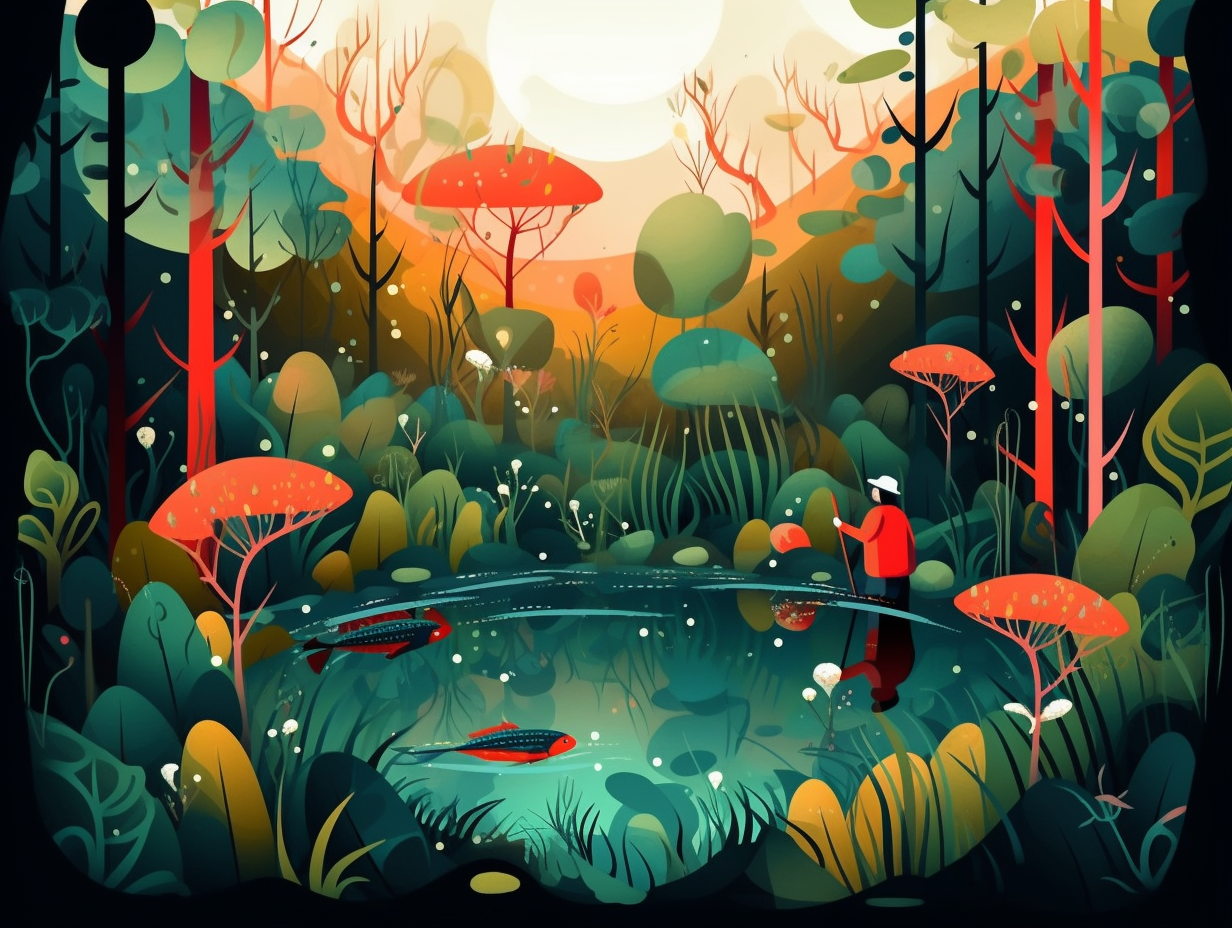
1. Platypus: Animal World Sherlock Holmes
If you thought your family tree was complicated, meet the platypus: a milk-leaking, egg-laying, gene-swapping Sherlock Holmes of the animal world: The platypus is a mammal that shares genetic traits with both reptiles and mammals, has no nipples but nurses its young through its skin, lays eggs, and boasts acute odor receptors for hunting and underwater navigation.
Source => nytimes.com
2. Ostrich: Billiards Champion with Huge Eyes
If an ostrich played billiards, it'd have a real eye for the cue ball: its eyes measure a whopping two inches in diameter, making them five times bigger than human eyes and roughly the size of an actual pool ball. This allows the flightless avian speedster to spot objects from as far as two miles away in daylight, all the while outrunning predators at sizzling speeds of up to 45 mph – though its brain, ironically, remains smaller than its eyeballs.
Source => a-z-animals.com
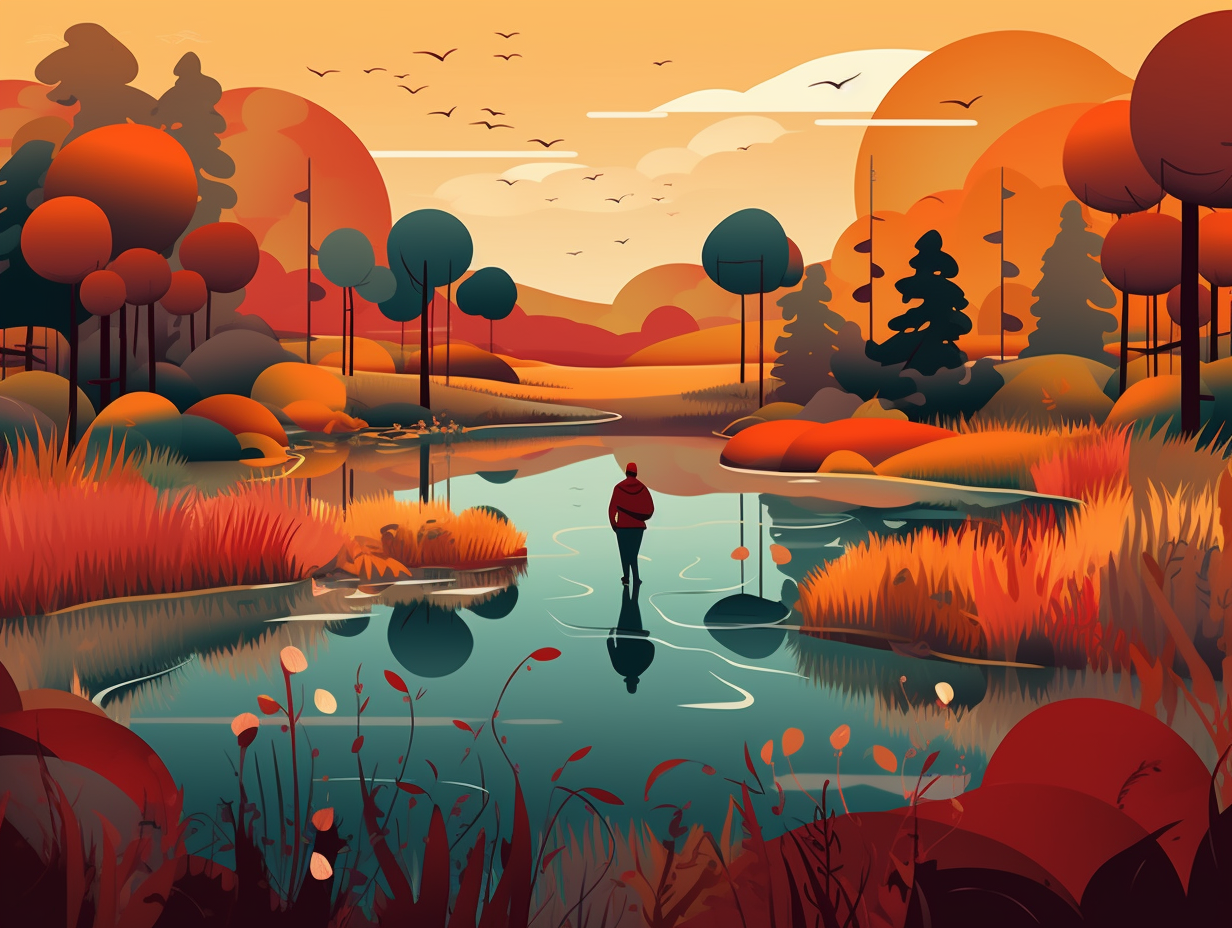
Discover the underwater cities that put even the busiest urban centers to shame! Coral reefs are home to 25% of all marine life, all while taking up less than 1% of the ocean floor. Dive into these bustling ecosystems with our fun facts! 🐠🌊
=> Fun Facts about Habitats
3. Houseplants: Slow but Steady Eco-Fairies
Houseplants may be the "cleaning fairy" of our homes, gently whisking away indoor pollution with their magical leaves, but they're not quite as fastidious as our imaginations may suggest: A study published in the Journal of Exposure Science & Environmental Epidemiology found that, while they do help purify the air of pollutants such as formaldehyde, benzene, and trichloroethylene, their filtration speed is rather leisurely and the difference in air quality may be too small to notice. Nevertheless, these evergreen allies still contribute to a healthier indoor atmosphere, so don't underestimate their (slow) power!
Source => almanac.com
4. Blind Cavefish: Subterranean Fashionistas
Who needs eyes when you've got style and an appetite? Blind cavefish are the subterranean stars of an underground world, rockin' their unique look while making meals out of pretty much anything that floats their way: These small, eyeless predators have adapted to life in the pitch-black caverns deep beneath the Earth's surface, acquiring a legendary status that attracted both cave explorer Christine Loew and Jonathan Bird to document them in Mexico's Riviera Maya. These rare aquatic fashionistas truly demonstrate that you don't need sight to conquer the dark depths of the ecosystem!
Source => blueworldtv.com
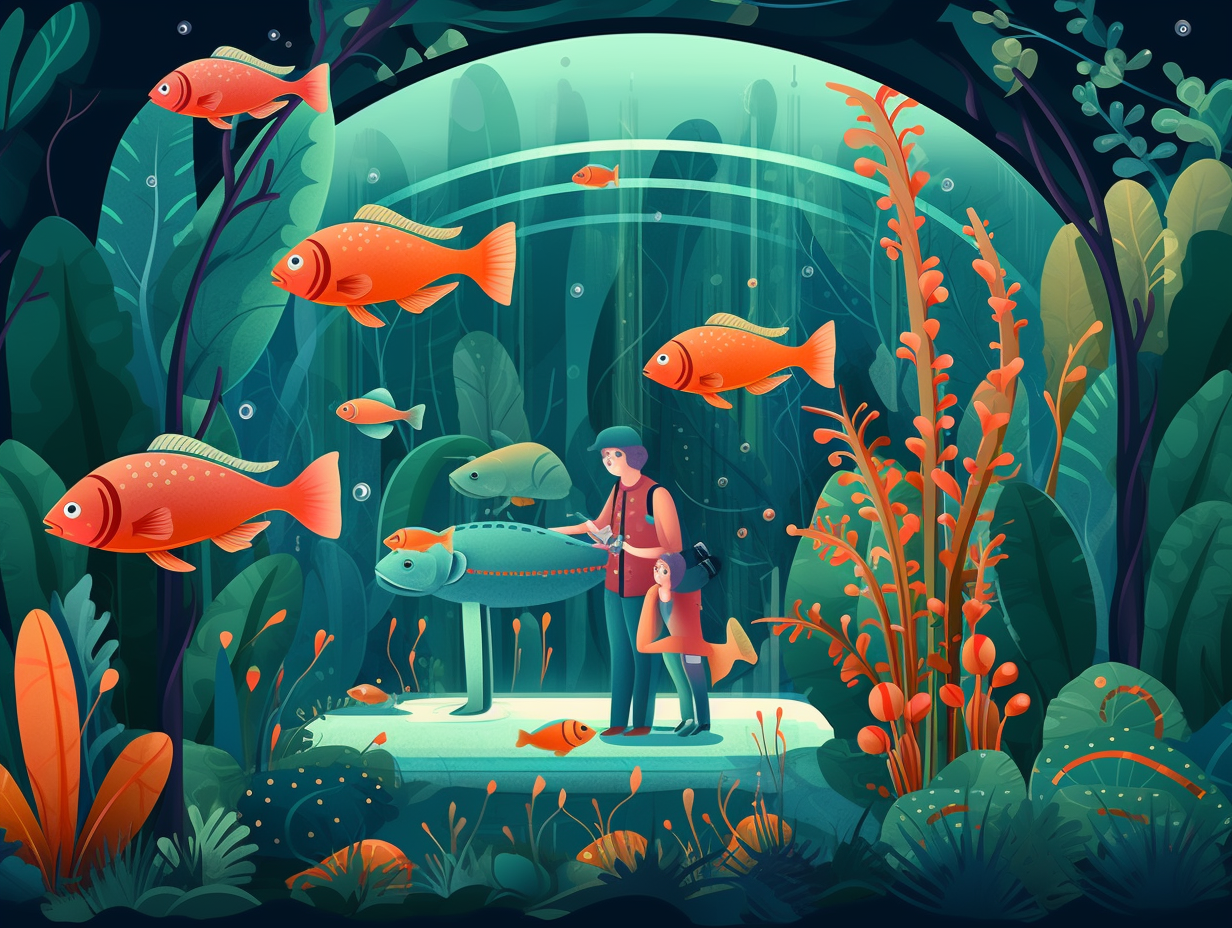
5. Bananas: Victims of a Potassium Soap Opera
Banana drama: In a plot suited for the fruit world's soap opera, bananas might be on their way to extinction! Bow down to Panama Disease, the ultimate banana nemesis, wiping out the Gros Michel and now eyeing the Cavendish: This nasty wilt disease has already caused such chaos in the banana industry that several countries, including Colombia, have declared a state of emergency, with researchers scrambling to develop resilient varieties before we have to tragically bid adieu to the potassium-packed snacks.
Source => time.com
6. Coral Reefs: Underwater Silent Discos
Talk about a silent disco underwater: Coral reefs' noise level declines when they deteriorate, causing young marine animals to lose their way by up to ten times, according to the University of Essex.
Source => smithsonianmag.com
7. Sea Ice: Polar Party Crashers
Ice to meet you, polar edition: Beneath the seemingly desolate expanse of sea ice lies a thriving underwater party, with phytoplankton kick-starting the marine food chain and providing an all-you-can-eat buffet for creatures ranging from fish and shrimp to seals, whales, and even polar bears!
Source => nsidc.org
8. Amazon Rainforest: Oxygen-Making Ferris Bueller
The Amazon rainforest should have been the "lung" in Ferris Bueller's Day Off, not Principal Rooney's nemesis: Producing a generous pool of oxygen, though not quite 20% of the world's supply, the Amazon instead absorbs bountiful carbon dioxide emissions to keep Earth's atmosphere in check. As a bonus, it earns its rainforest title by basking in a whopping 2.1 meters of annual rainfall, giving every duck and frog a good time!
Source => nationalgeographic.com
9. Giraffe: Long-Necked Criminal Masterminds
If a giraffe went on a crime spree, you could call the patterning on its skin "the long con of the long neck": Each giraffe has a unique spot pattern, similar to human fingerprints, and these spots also help regulate body temperature by releasing heat through a network of blood vessels.
Source => sheldrickwildlifetrust.org
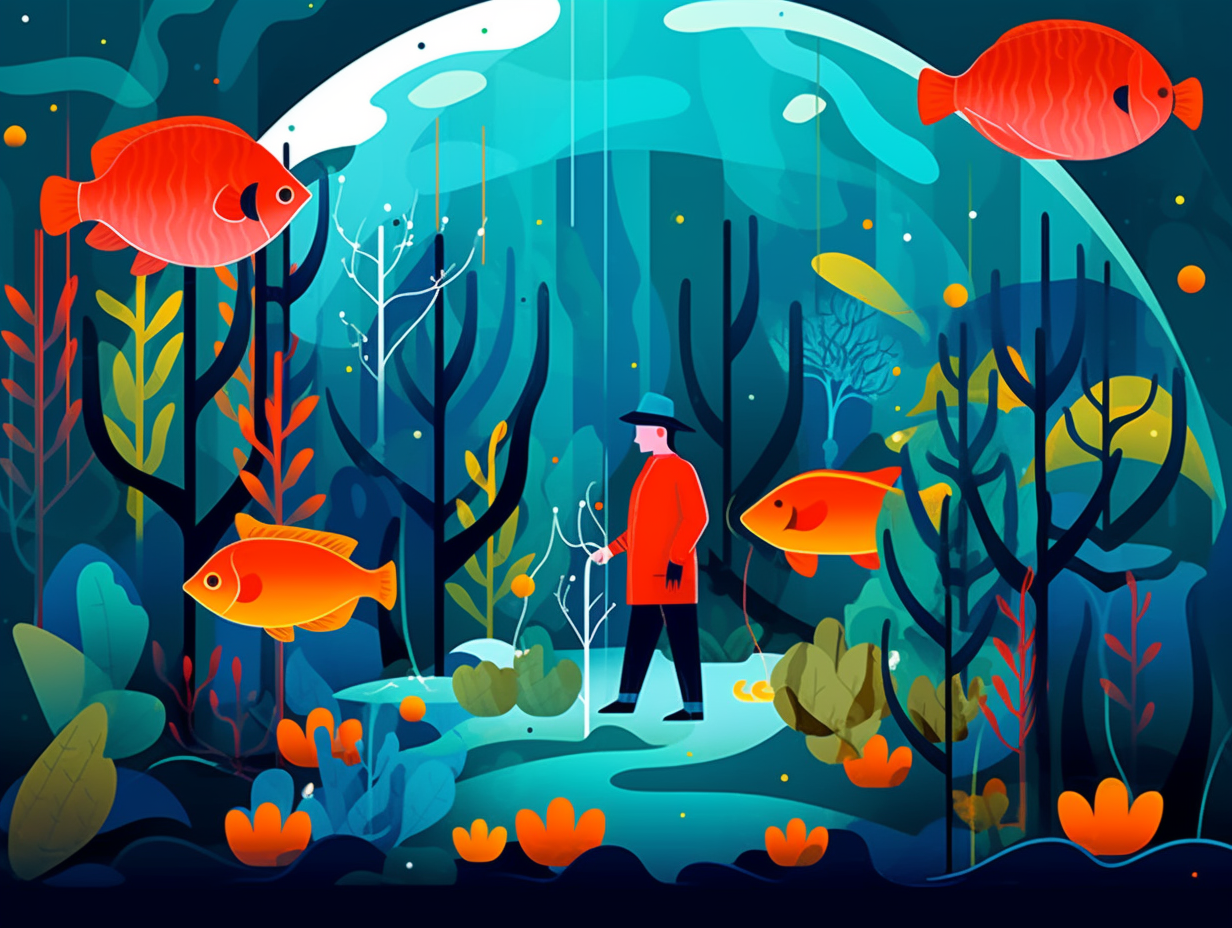
10. Coral-Mangrove Soiree: Underwater Oasis
Get ready for a scenic underwater jungle soiree: corals and mangroves are throwing a party in unique coastal environments and making ecosystems more diverse! The serious reveal: 130 coral species have been found living in mangrove habitats across the Caribbean Sea, Red Sea, Indian Ocean, and South Pacific, creating distinct, crucial regions that shelter coral populations from climate change and human-made disturbances.
Source => journals.plos.org
11. Fungi: Nature's Nutrient Barkeeps
Whoever said fungi were just nature's little decomposers never attended their annual underground party, where they moonlight as carbon-capture connoisseurs and nutrient barkeeps: Fungi play a vital role in carbon and nutrient cycling in ecosystems, with some species like mycorrhizal fungi forming symbiotic relationships with plant roots, storing carbon in soil for decades, and even helping with nitrogen fixation and phosphorus mobilization for plants to absorb and grow.
Source => decadeonrestoration.org
12. Ant-heroes: Tiny Avengers of the Ecosystem
Step aside, Avengers: Earth has some real ant-heroes keeping things in balance! These tiny powerhouses are a crucial part of nearly every terrestrial ecosystem: ants make up an astounding 15-20% of the terrestrial animal biomass on average, with tropical areas boasting up to 25%, fulfilling essential roles as predators, herbivores, and valuable soil cultivators.
Source => pnas.org
13. Elephants: Long-Distance Landscape Architects
Talk about a "stomping ground": Elephants can transport seeds up to 65 kilometers within the African savanna, providing impeccable dispersal services and maintaining genetic diversity among trees – now that's long-distance landscaping!
Source => science.org
Related Fun Facts


